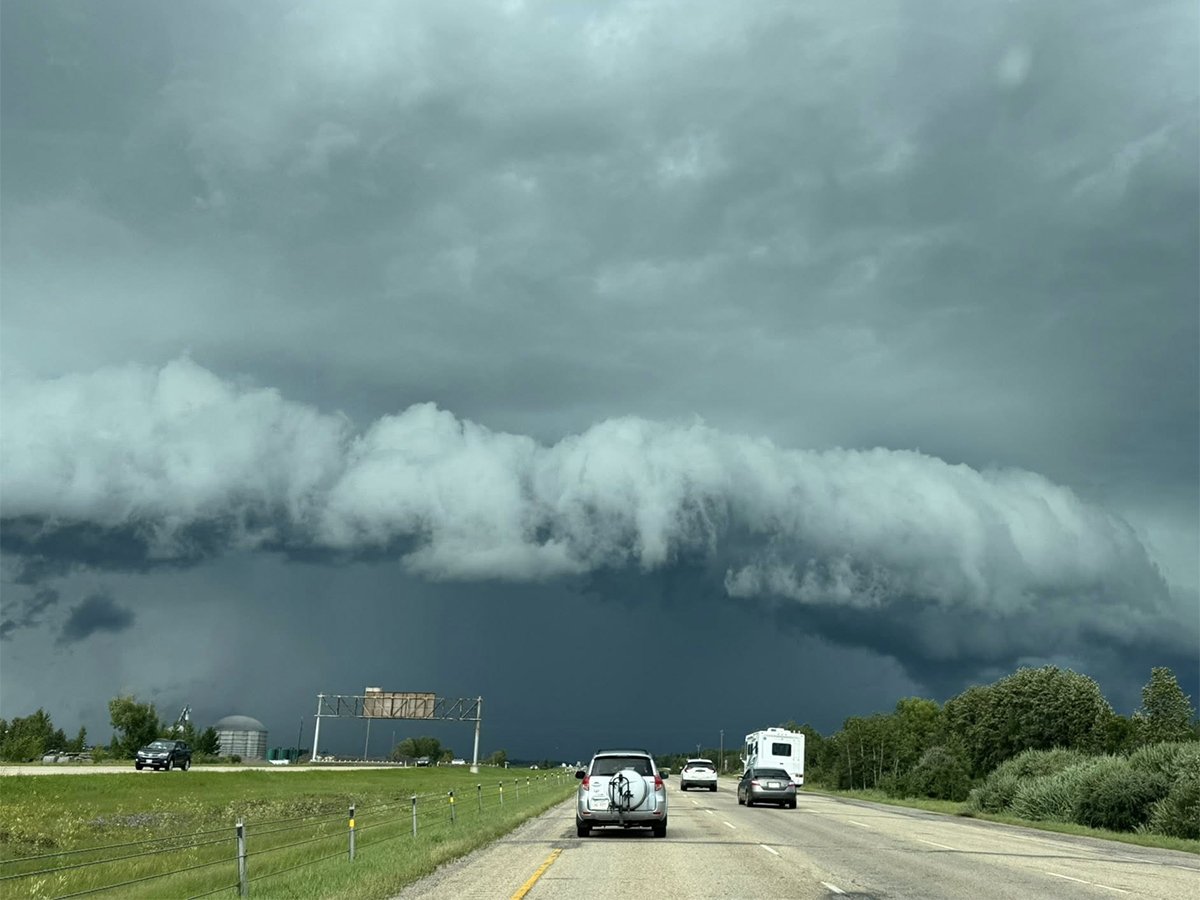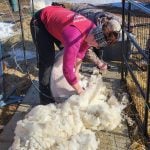Vaccine reactions are not uncommon, considering the increased number that are given subcutaneously, especially those using oil-based adjuvants.
The adjuvants are designed to protect the vaccine and give a much higher immune response, but reactions in the form of lumps are an expected albeit undesirable result.
As many of the pharmaceutical reps say, at least we know the vaccine is working.
These reactions were probably happening with the intramuscular products as well, but they occurred deep in the muscle where they weren’t visible. This is where lots of the gristle (scarring in the muscle cuts) was found.
Read Also

Above average temperatures expected
July was a cooler than average month right across the Prairies, with most places coming in just slightly below average.
So from a beef quality assurance standpoint, there is a huge improvement now that almost all the vaccines are given subcutaneously.
Most of the lumps regress with time or reduce to a small egg-size lump of scar tissue called a granuloma.
Producers will find more reactions with bacterins such as blackleg and the other killed vaccines because they generally use oil-based adjuvant. The modified live vaccines generally use sterile water as the liquid for reconstitution so the reaction is much milder.
More reactions can occur if the herd’s nutritional status is low, especially the three trace minerals copper, zinc and selenium. Producers who notice a high percentage of large reactions should check their herd’s nutrition and their vaccine administration technique.
Dull, bent, dirty and burred needles increase the likelihood of introducing infection or causing more trauma.
Change needles every 10 or so animals or sooner if the needle is damaged. You can feel when they are getting dull.
I think steel thick-walled needles with the cleaning wires should be outlawed because they give the producer the impression they can be cleaned and reused. This should not happen.
Technique is definitely in question if producers see large swellings from vaccination that subsequently abscess.
Don’t vaccinate in the rain, if possible. The moisture seems to wash dirt into the needle hole.
Protect the vaccine from the elements because frozen or overheated vaccine will be ineffective and might be denatured, which leads to more vaccine abscesses.
The egg-sized reactions are of no concern to the animal. They are simply a blemish noticed more in the summer when the hair is slicked off. Purebred show or display animals can be vaccinated in places where reactions won’t be noticed, such as behind the elbow.
I have never heard of these vaccine reactions causing sales problems at the auction mart. The argument could be made that at least you can see these particular stock are being vaccinated. In the winter they become like a brand and disappear under the hair.
These lumps almost always come off with the hide during slaughter and do not affect the underlying meat. I have never heard of buyers discounting these animals.
Here are a few other tricks:
• don’t vaccinate through manure;
• if the multidose gun is hard to advance, it may be because it is set too shallow and you are giving the vaccine intradermally (between the skin layers). You want to give the product subcutaneously (under the skin) and it should be easy to inject;
• use the smallest gauge needle that still allows you to inject it quickly (16 to 18 gauge);
• lumps are most likely abscessed if they become the size of a baseball or larger and may need to be lanced and flushed;
• if administering several vaccines, give them concisely in the same location, leaving at least 10 centimetres between. Give on opposite sides of the neck if possible. That way if there are lumps, you can assess which vaccine is involved and which operator gave the vaccine.
Sometimes tweaking technique is all that is required.
Certain genetic lines of cattle are more reactive to vaccines, which is why certain producers will have a high incidence of reactions and others have almost none with the same vaccine.
Cattle do not appear to become more sensitive over time. However, they will usually react again if they react once.
Accept vaccine reactions as a normal occurrence and work with your veterinarian if the incidence becomes too high or if abscesses are created. Take comfort from the fact that the vaccine is working and offering protection.
The future may see needleless vaccination or oral or intranasal vaccines that eliminate lumps.














